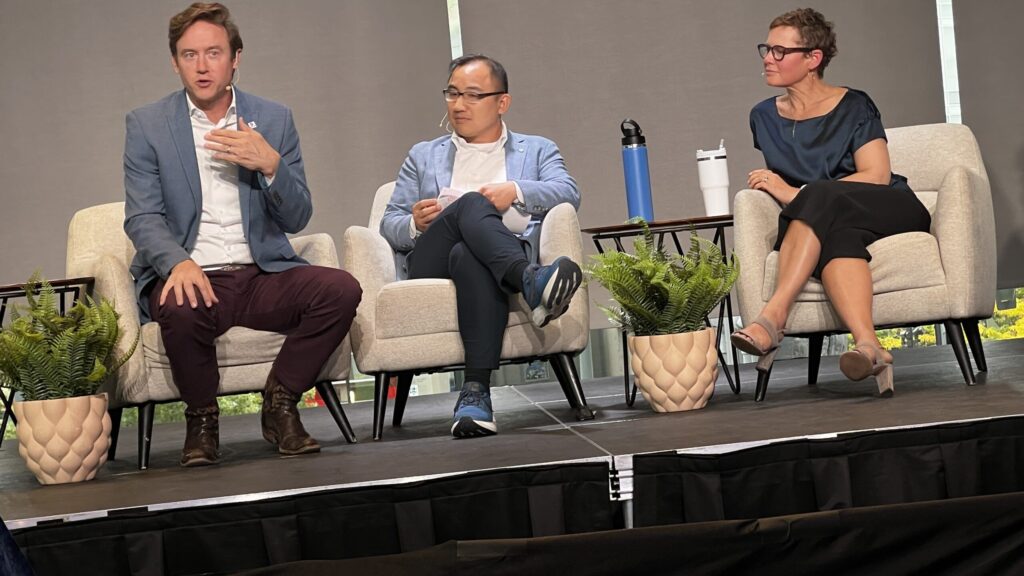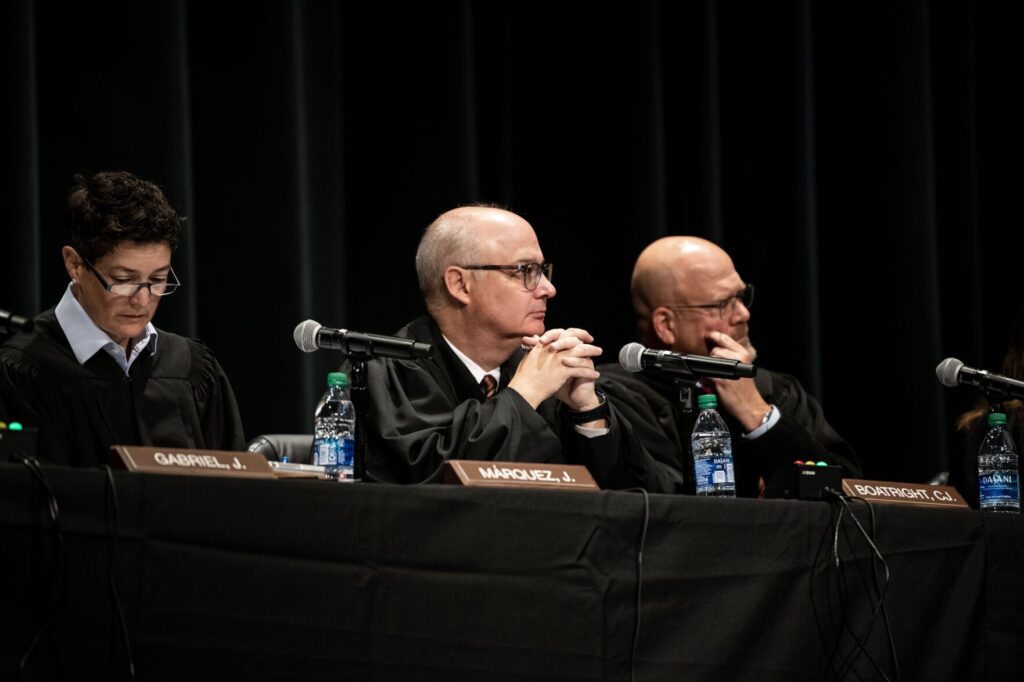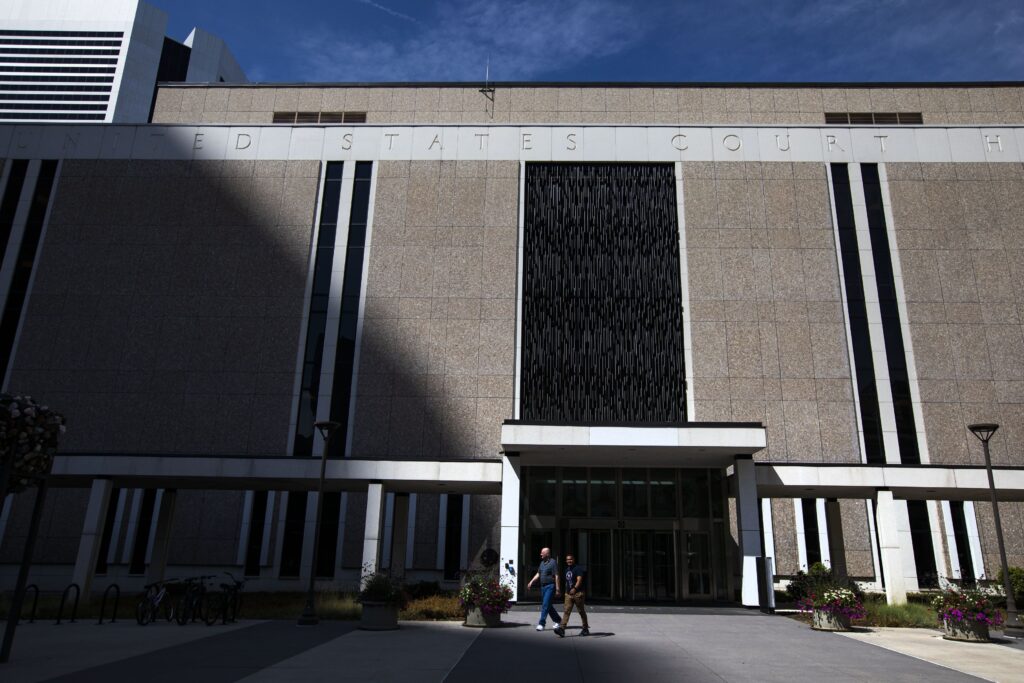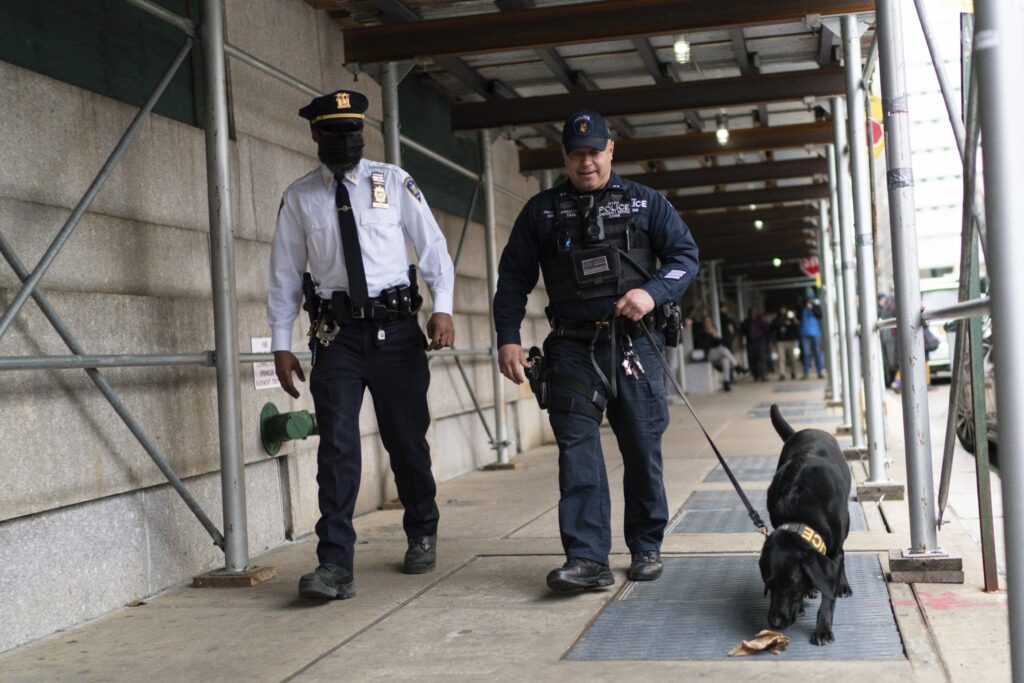Tears, cheers as mascot bill passes committee

Some who wept in sorrow, later cheered in joy.
An attempt to persuade Colorado schools from using American Indian images as mascots got through a tumultuous hearing Monday, sparked by tears from some who recounted the abuses suffered by American Indians, and the two-hour absence of a lawmaker who walked out after a presentation by the sponsors didn’t go as planned.
House Bill 15-1165 would set up an 11-member panel under the state’s Commission of Indian Affairs. The nine voting members must come from tribes, with no more than two from the same tribe. Any public school that uses an American Indian mascot would either have to get permission from the panel to use it or stop its use within two years. Those that continue to use the mascots without approval would be subject to a $25,000 per month fine.
At least 38 Colorado schools use an American Indian mascot or caricature. “Indians” and “Warriors” are used by 17 high schools. LaVeta High School uses the mascot “Redskins;” Lamar High School uses the mascot “Savages.” American Indian students who testified Monday indicated the last two were the most offensive.
This is the second time the General Assembly has tried to address the issue; the last time, in 2010, the sponsor, Sen. Suzanne Williams, D-Aurora, pulled the bill, stating she had accomplished her goal of starting a community discussion on the issue.
Monday’s hearing before the House Education Committee started with a presentation from the bill’s sponsors that caused an uproar. The sponsors, Reps. Joe Salazar, D-Thornton and Jovan Melton, D-Aurora, began with a slideshow loop that showed caricatures for African-Americans, Chinese, Jews and Hispanics, along with racially-offensive language, including the “N” word.
That got the immediate attention of Rep. Rhonda Fields, D-Aurora, who asked that the slideshow stop. “I have a hard time seeing the ‘N’ word up there,” Fields told the sponsors. “I’m highly offended by it, by those terms…Your point has been made.” Both Melton and Salazar said they also were offended by the words and images, but that this was the point. Fields left the hearing and didn’t return for two hours.
Salazar pointed out that American history has repeatedly referred to American Indians as savages, including in the Declaration of Independence. These images continue today in school mascots, Salazar said. American Indians have to see these images and words every second of the day. HB 1165 would empower American Indians, and let them decide what is and isn’t offensive. They would be able to decide how best they want to be honored, he said.
Rep. Paul Lundeen, R-Monument, a former State Board of Education member, noted that past offensive mascots changed as a result of societal pressure, and questioned whether the bill was necessary, as did Rep. Justin Everett, R-Littleton. Melton replied that it has sometimes taken centuries for that to happen. Salazar noted that students have approached the school districts to ask them to change the mascots, and were refused. He cited LaVeta High School, where its students asked the school board to make the change, and the board voted to keep the “savages” name, under pressure from the school’s alumni.
“This is the last remaining ethnic group in Colorado that has mascots and imagery used against it in derogatory and denigrating ways,” Salazar said.
The hearing room was packed, almost with entirely those who support HB 1165. Only three people testified in opposition, all from school boards with schools with American Indian mascots.
John Sampson of the Strasburg 31J schools testified that his district’s high school uses the Indian mascot and has never been asked not to, although a former student testified later that he had asked the school to stop using the mascot. “We do not hold American Indian culture, their heritage or their values in disrespect,” Sampson said. HB 1165 is a bill steeped in political correctness, he said, and has no education value. It smacks of governmental overreach, and it would probably cost his district as much as $75,000 to repaint gym floors, replace signage and scoreboards, uniforms and remove the mascot from vehicles.
Sherryl Dillon and Steve Parker from Cheyenne Mountain School District 12 also testified against HB 1165. “We’re not here to argue or defend” their use of the mascot, and would welcome a discussion on the best way to display it, Dillon said. But she questioned having a non-elected group make those decisions, stating it would lack accountability.
The ideas contained in HB 1165 are not untested, according to Darius Smith of the Colorado Indian Education Foundation. More than ten years ago, the NCAA required its member schools that had American Indian mascots to develop relationships with tribes in order to continue using them. Most did, including Florida State University, which uses the Seminole mascot, Smith said. Smith has attempted to talk to all of the high schools that use American Indian mascots, including Cheyenne Mountain, but they have never called him back, he said.
Use of American Indian mascots inflicts psychological damage, according to several witnesses. Elicia Goodsoldier of Firestone said many studies show that athletic team mascots distort and disparage American Indian history, cultures and distinctiveness, she said. Additional studies show American Indian students experience depression and underachievement as a result of that exposure.
Goodsoldier is the mother of three children, including a daughter who will enter high school in the fall. She decided not to send her daughter to Frederick High School, whose mascot is the warrior, in part because the school mascot is “someone else’s idea of what an American Indian is with no clue as to what being Indian is all about…These mascots do not honor us.”
The tears came from several students who testified about the atrocities committed against American Indians by the U.S. government, including in Colorado, as well as the discrimination they face on a daily basis.Chenoa Francis of Englewood told the committee that they want to honor their ancestors for their strength and resiliency, not remember them as “ugly, drunk savages with red skin and a big nose.”
Francis said her sister attended Cheyenne Mountain High School, and found it “sickening” how American Indians are depicted. The parent-run booster club created slogans for athletic events, such as “scalp the Scorpions,” a rival team; and that students wore headdresses and war paint and carried tomahawks on days when athletic events took place. No one realized how wrong it was, Francis said.
There is one example of how a Colorado high school has worked with an American Indian tribe on its mascot. Steve Haas testified about the relationship between the Northern Arapahoe tribe of Wyoming and Arapahoe High School in Centennial; he has twin daughters who are seniors at the school.
Since 1993, Arapahoe High School has had an official ongoing relationship with the Northern Arapahoe tribe, a relationship renewed annually. The mascot and logo were designed by a member of the tribe and approved by the council for very limited use by the high school. It can be used only in ways pre-approved by the council, Haas said.
That relationship came into sharp focus in December 2013. In that month, a student shot another student in the high school library. The student, Claire Davis, later died. Haas’ daughter Joanna, was in the library at the time and fled for her life.
Haas said one of the first calls to the principal came from an elder of the Northern Arapahoe tribe, to offer their support. The day before the school reopened in January, Joanna went to the library to get her belongings. She reported seeing a delegation of Northern Arapahoe elders, who performed an hours-long smudging ceremony to spiritually cleanse the library. “This is why Native American logos can and should be used,” he said.
“These images and words have a psychological effect on children, both Indian and non-Indian,” Salazar said in closing. “It’s 2015. Let’s get on with it. Let’s honor American Indians in the way they want to be honored.”
HB 1165 passed on a party-line 6-5 vote and moves on to the House Appropriations Committee. And when the vote was announced, some of the women in the audience cheered, using an American Indian “lulu” trill.











